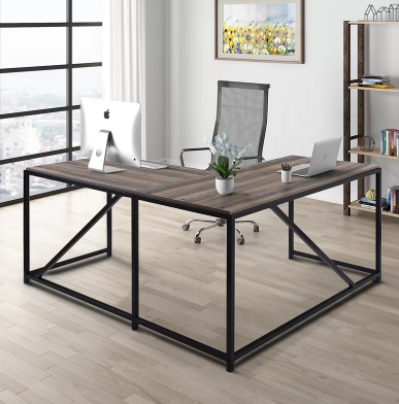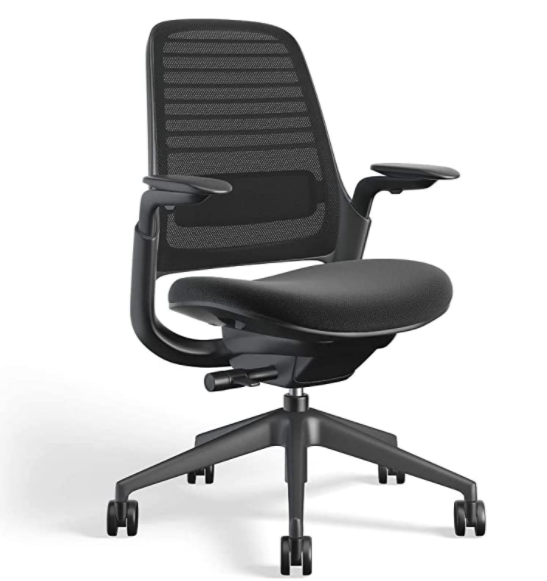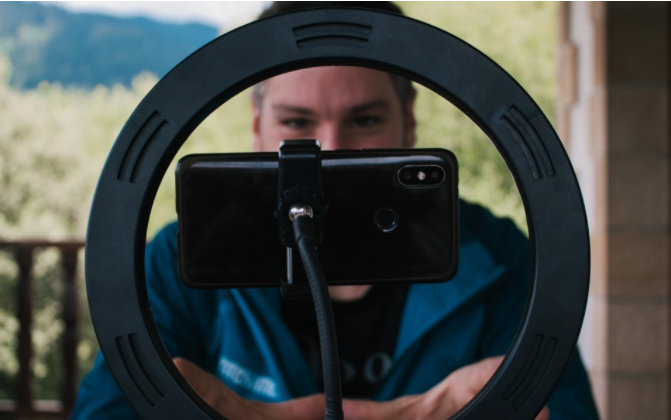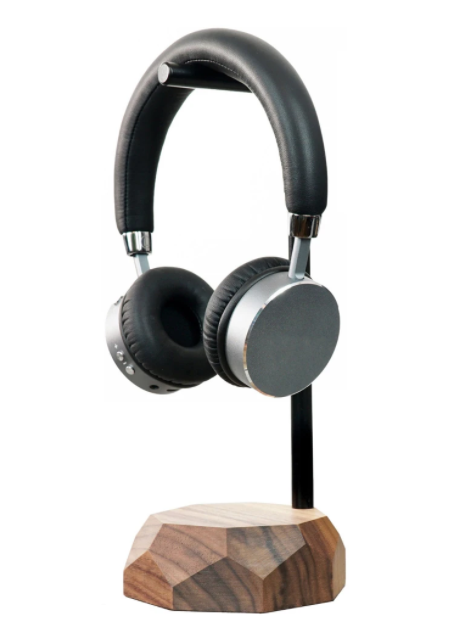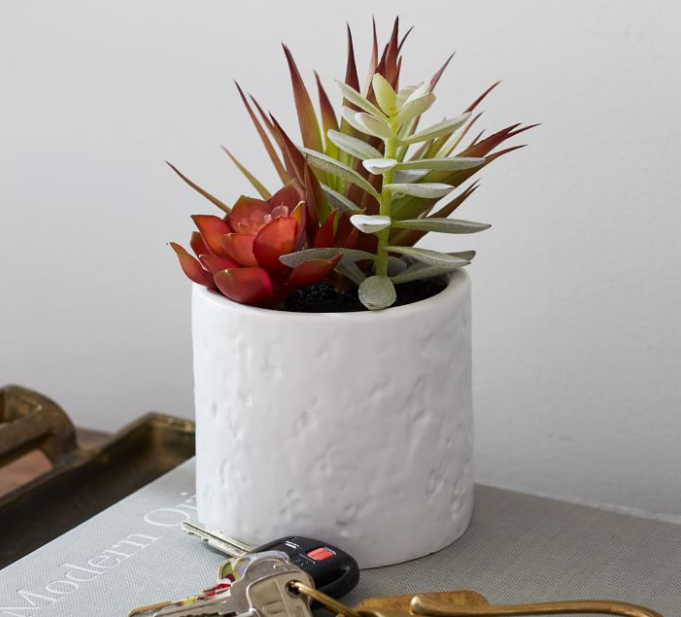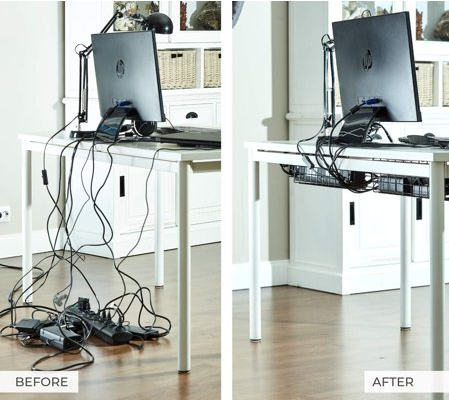I got invited recently to be a part of a think tank of sorts on a project with SHRM Labs and Techstars Workforce Development Accelerator discussing what technologies are needed to help navigate the new digital world of work. What the heck does that mean? Good question!
If you haven’t checked out SHRM Labs they are doing some amazing work around innovation, technology, and work. Led by Guillermo Corea, SHRM is working to take a leading stance on the technology that is built for HR. This isn’t your grandmother’s SHRM! Shout out to Hadeel El-Tashi, she has been amazing as well on the SHRM Labs team.
Basically, we have three types of worker environments right now:
- Full On-Premise work
- Hybrid
- Full Remote
Full on-premise work we’ve been trying to build tech and processes around wellbeing for a long time. To limited success, for sure, but still, it’s been a long focus for technologists and HR for decades. Hybrid and Full Remote, while not new, were limited in use, so the focus was not there, then the pandemic thing happened and this had to ramp up really fast.
What we found is there are limited options for organizations to truly and robustly support their team’s well-being when they work remotely and in hybrid scenarios. Here’s the basis of the report:
This report highlights participants’ voices on each of these points. It proposes ways to foster work/life integration in remote- and hybrid work environments, followed by an exploration of elements that constitute a great employee experience and effective employee culture, closing with a discussion of how companies can attract (and retain) the best talent in the face of a tight labor market and the Great Resignation.
You can download the report here
What were our main findings:
- All organizations need to find ways to embrace flexibility in the workplace. Not just white-collar workers, but all workers. Flexibility and “All” is a difficult undertaking.
- Give employees agency and develop accountability. I call this one, treating employees like adults, but smarter people in the think tank had better words than me!
- Drive efficiency and asynchronous communication tools. Stop the non-stop stream of zoom meetings thinking that’s how you’ll communicate effectively with hybrid and remote workers.
- Personalize benefits and improve the employee experience. We still deliver benefits mostly like it’s 1970. Everyone gets a 401K match, even if that’s not your priority and you have student loans or want to buy your first house. Or we offer student loan repayment, but you graduated thirty years ago and paid off your loans, twenty-five years ago. One size fits most, is a crappy experience.
We also had findings around building digital culture and attracting more workers – you can download the report to check those out.
Overall, we’ve got work to do in HR as a total function, including TA, Talent Management, Learning, Benefits and Compensation, etc. This is invigorating for the field and there are so many passionate technologists in our space trying to help us develop great solutions for our issues.
I’ve been studying the technology in our space for the past decade and I’m always amazed that the process of what we need and what’s available is ever-evolving. The pandemic while awful, has opened up the world of work in ways we’ve been pushing to make happen for decades with little movement, then this tipping point happened and it’s like HR is being reinvented all over again.
It’s an amazing time to be in our profession!

